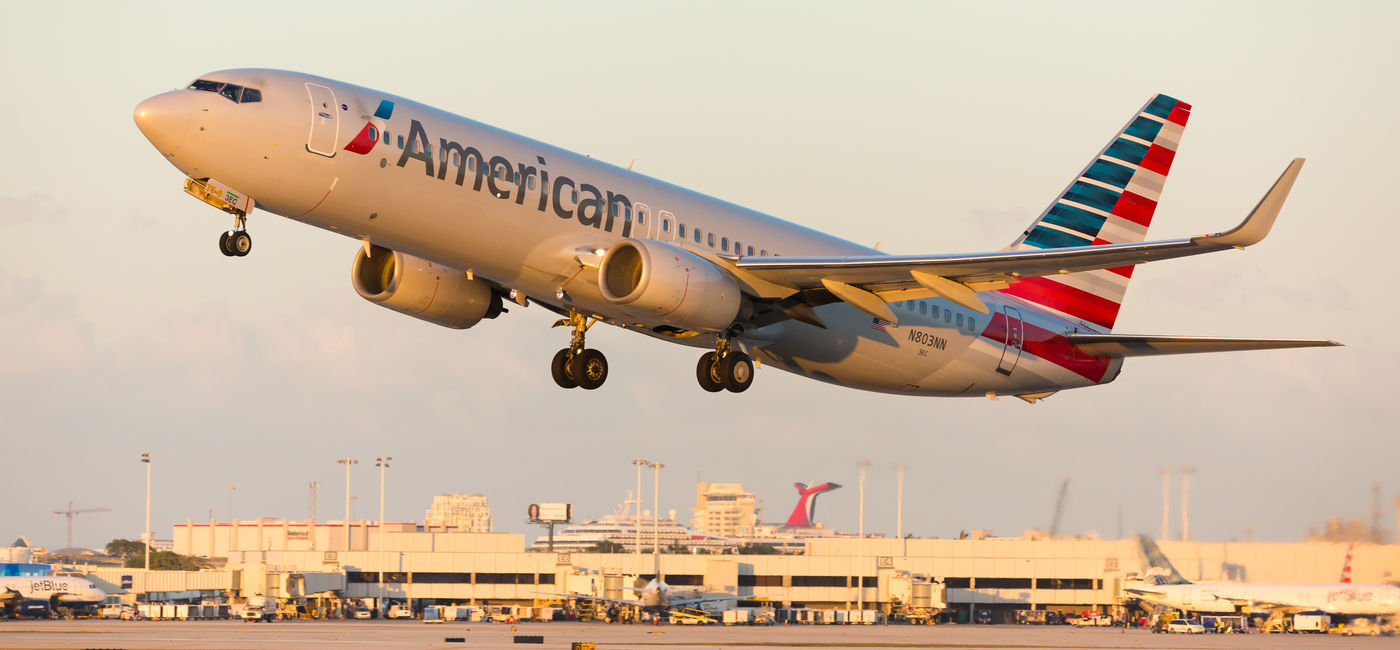
The Near-Disaster of American Airlines Flight 1400: A Tale of Fire, Faults, and Frantic Decisions
On the afternoon of September 28, 2007, 138 passengers and five crew members boarded American Airlines Flight 1400 at Saint Louis Lambert International Airport, bound for Chicago. What began as a routine flight, on a warm and sunny day, quickly spiraled into a desperate battle for survival.
With one engine erupting in flames just seconds after takeoff, the flight crew found themselves fighting not just an engine fire, but a chain of cascading failures that threatened to bring their aircraft crashing down. This is the story of how American Airlines Flight 1400 defied disaster, but not without facing critical issues that could have been avoided.
A Routine Start That Turned Into Chaos
The MD-82 aircraft, a well-known workhorse in American Airlines' fleet, took off at 1:05 PM from Saint Louis. The flight was led by Captain Thomas, a seasoned aviator with over 14,000 flight hours and years of experience with American Airlines, and First Officer Chris, who had accumulated 7,000 flight hours, including time on the MD-80 series. The weather was clear, and there was little reason to suspect anything out of the ordinary.
However, as the crew began the pre-flight process, an unexpected issue arose: the left engine failed to start. After troubleshooting, the ground crew resorted to an unapproved method to start the engine, bypassing standard procedures to save time.
Unfortunately, this decision would prove to be disastrous. The ground crew member had inserted a screwdriver into the engine, which led to a malfunction of the engine’s start valve, a problem that no one on board noticed at the time.
The engine eventually started, but the damage had been done. The faulty start procedure had set the stage for an engine fire that would occur shortly after takeoff.
Engine Fire and a Rapid Loss of Control

Just minutes after the aircraft lifted off, the pilots began their climb out of Saint Louis. As they passed through 1,500 feet, a warning light illuminated in the cockpit, signaling that the left engine's start valve was still open.
This was a critical issue, but the pilots initially downplayed it. It was only a few moments later that the left engine’s turbine failed catastrophically, and a fire erupted in the engine. The fire warning sounded loudly, and the pilots were thrust into immediate action.
The first officer, following protocol, declared an emergency and requested to return to the airport. However, this was just the beginning of their troubles. The fire in the left engine began to damage critical systems, including the aircraft’s electrical and hydraulic systems.
The pilots worked through the emergency checklist, but things quickly became complicated. As they attempted to cut off the fuel to the engine and extinguish the fire, they made a series of critical errors.
In a moment of confusion, the captain handed over control of the aircraft to the first officer, despite the urgency of the fire. This decision was problematic, as it meant the first officer was now responsible for flying the aircraft while simultaneously trying to manage the emergency checklist.
Meanwhile, the captain focused on radio communications and briefed the flight attendants unnecessarily. This breach of standard operating procedure (SOP) would later be cited as a major factor in the unfolding disaster.
A Breakdown of Systems and Overwhelming Stress
As the fire continued to rage, the aircraft's electrical systems began to fail. The cockpit instruments, including the captain’s primary flight and navigation displays, were knocked out. Now relying on backup instruments, the pilots struggled to maintain control of the aircraft.
To make matters worse, the left engine was now completely inoperative, and the right engine had to work harder to compensate for the loss of thrust. The additional load on the remaining engine made it harder for the pilots to stabilize the plane.
In the midst of these issues, the pilots continued to lose more systems. The landing gear indicator lights failed, and the plane’s hydraulic pressure dropped.
The hydraulic problems meant that the pilots could not extend the landing gear properly, and they faced the terrifying possibility of landing without a nose gear. In an attempt to get the gear down manually, the first officer tried using a backup system, but they were unsure if the gear would deploy in time.
Despite all of this, the pilots’ communication with air traffic control was effective. They were cleared to return to the airport, but the situation was dire. With no time to waste, they began their approach to Saint Louis, still unsure of the state of their landing gear.
At this point, the aircraft was in a precarious situation: it had already lost much of its electrical and hydraulic power, and the pilots’ options were running out.
A Desperate and Heroic Landing
The aircraft approached the runway, with the pilots struggling to maintain control. They knew that the remaining engine could fail at any moment. The first officer began to retract the flaps, reducing drag and trying to get the aircraft to a manageable speed.
The captain, aware of the difficulty of the situation, continued to fly the plane while making critical decisions about the landing gear and the configuration of the aircraft.
As the aircraft descended, the pilots faced one final challenge: the landing gear indicator lights remained blank, but the controller confirmed that the main gear was down. There was still uncertainty about the nose gear, but the pilots made the decision to proceed with the landing.
With the runway in sight, the pilots prepared for the final approach. The off-duty captain, who had been brought up to the cockpit for assistance, helped the crew with managing the workload. Together, they worked to ensure that the aircraft would make it to the runway.
At just 500 feet above the ground, the aircraft was aligned with the runway. The captain made a final push to maintain altitude, ensuring that the plane would land without further complications. The first officer continued to adjust the flaps to slow the plane down, and the landing gear indicator lights finally turned green, confirming that the gear was fully extended.
When the aircraft touched down, the pilots slammed on the brakes, bringing the plane to a halt. The passengers erupted in applause, relieved that their harrowing ordeal had come to an end. Despite the catastrophic failures, everyone on board survived.
The Investigation and the Lessons Learned

The investigation into the incident revealed a series of systemic failures. The initial engine fire had been caused by a disintegrated filter inside the engine, which had blocked airflow to a critical component.
This issue should have been detected during maintenance, but American Airlines’ procedures were found to be lacking. Additionally, the ground crew’s unapproved method of starting the engine had contributed to the fire.
However, the biggest lessons came from the pilots’ response to the emergency. The failure to adhere to standard operating procedures, such as task allocation and workload management, had exacerbated the crisis.
The National Transportation Safety Board (NTSB) recommended that airlines improve pilot training to ensure that crews remain focused on the most critical tasks during emergencies. Had the first officer been allowed to continue the engine fire checklist uninterrupted, it is likely that the situation would have been handled more efficiently.
Conclusion
American Airlines Flight 1400 was a near-disaster that was ultimately avoided due to the pilots' quick thinking and heroic efforts. However, it was also a stark reminder of how small mistakes and lapses in procedure can quickly escalate into life-threatening situations.
From the engine failure caused by inadequate maintenance procedures to the pilots’ breakdown in managing their workload, this incident highlighted critical areas in need of improvement in both training and operational procedures. It was a close call, but thanks to the pilots' determination and the support of the off-duty captain, the passengers and crew survived to tell the tale.
-1749960605-q80.webp)
-1749894961-q80.webp)

